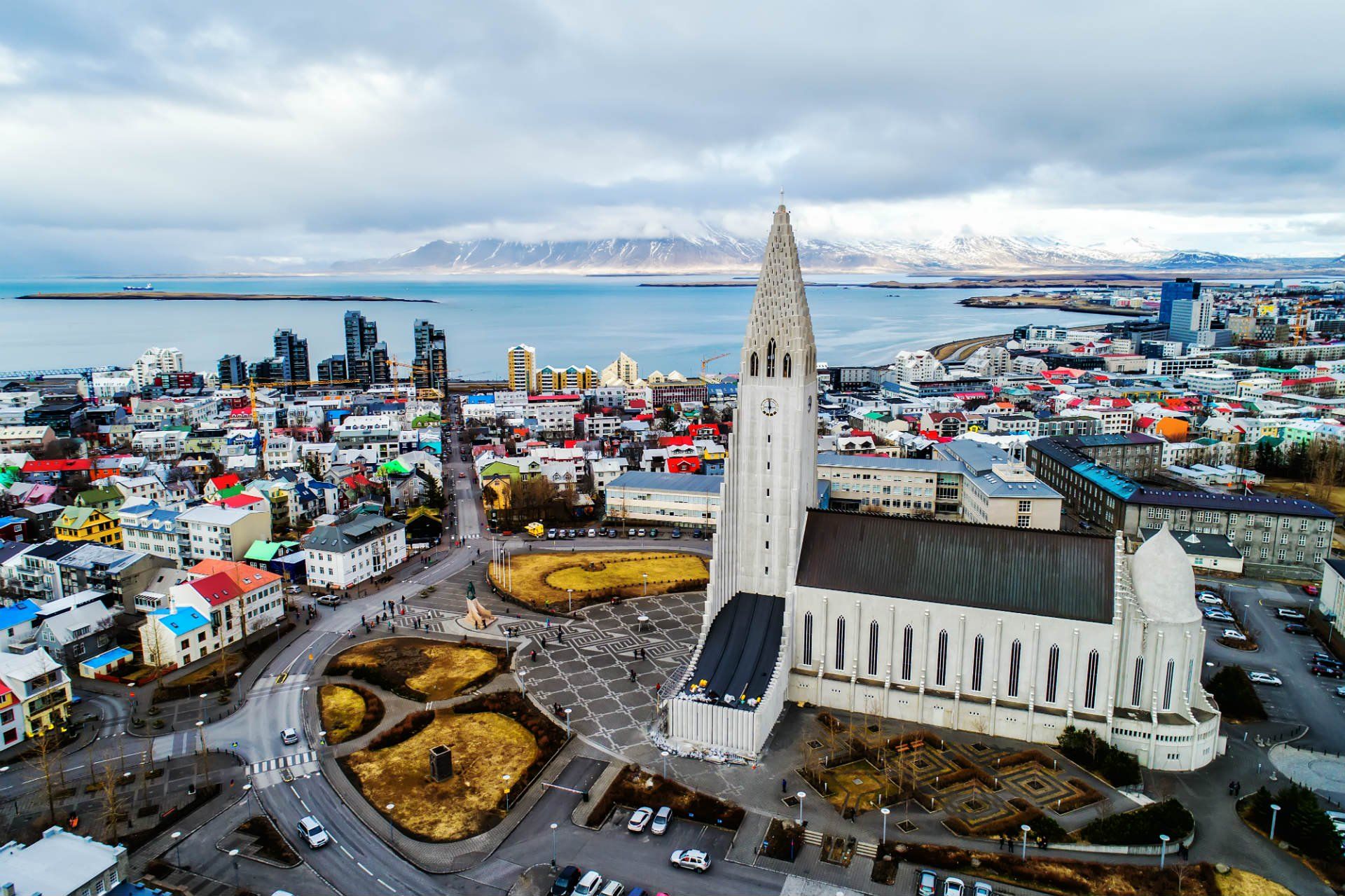Step 6: Make sure to take only the essentials
Iceland's challenging climate, even in summer, can make packing a bit tricky. It's tempting to prepare for every possible scenario and bring as much as you can. However, my past travels have taught me that over-packing usually just means extra weight to carry.
Focus on the essentials. Lightweight, quick-drying clothes, a good raincoat, and sturdy walking shoes are my go-to items. Even in summer, the weather can be cool and wet, so it's crucial to be ready for those conditions.
Also pack layered clothing like sweaters and thermal t-shirts for those unexpected temperature drops, which are quite common in Iceland.
My advice: pack smart and travel light. Equip yourself according to Iceland's unique climate for a comfortable and enjoyable trip.
Step 7: Budget your trip
Planning travel expenses might be the least favourite part for many, myself included, but there's no avoiding it. Post-COVID, the prices of flights, accommodation, and even food have risen significantly, making proper budgeting more crucial than ever.
In Iceland, brace yourself for higher costs. Expect to spend at least $200 per day, covering accommodation, food, and transportation. Renting a car will add to your expenses, especially when you factor in fuel and insurance.
Naturally, costs vary based on your travel style, your companions (like family or kids), and the number and types of activities you have planned.
My advice: If you've chosen Iceland, don't be afraid to stretch your budget a bit. The incredible experiences this country offers are well worth it.






